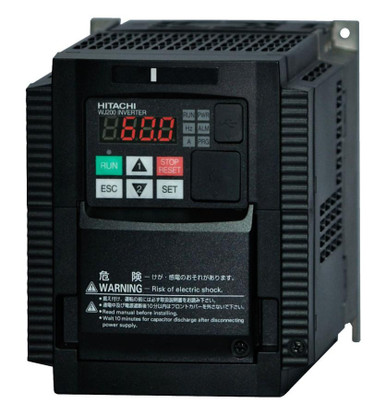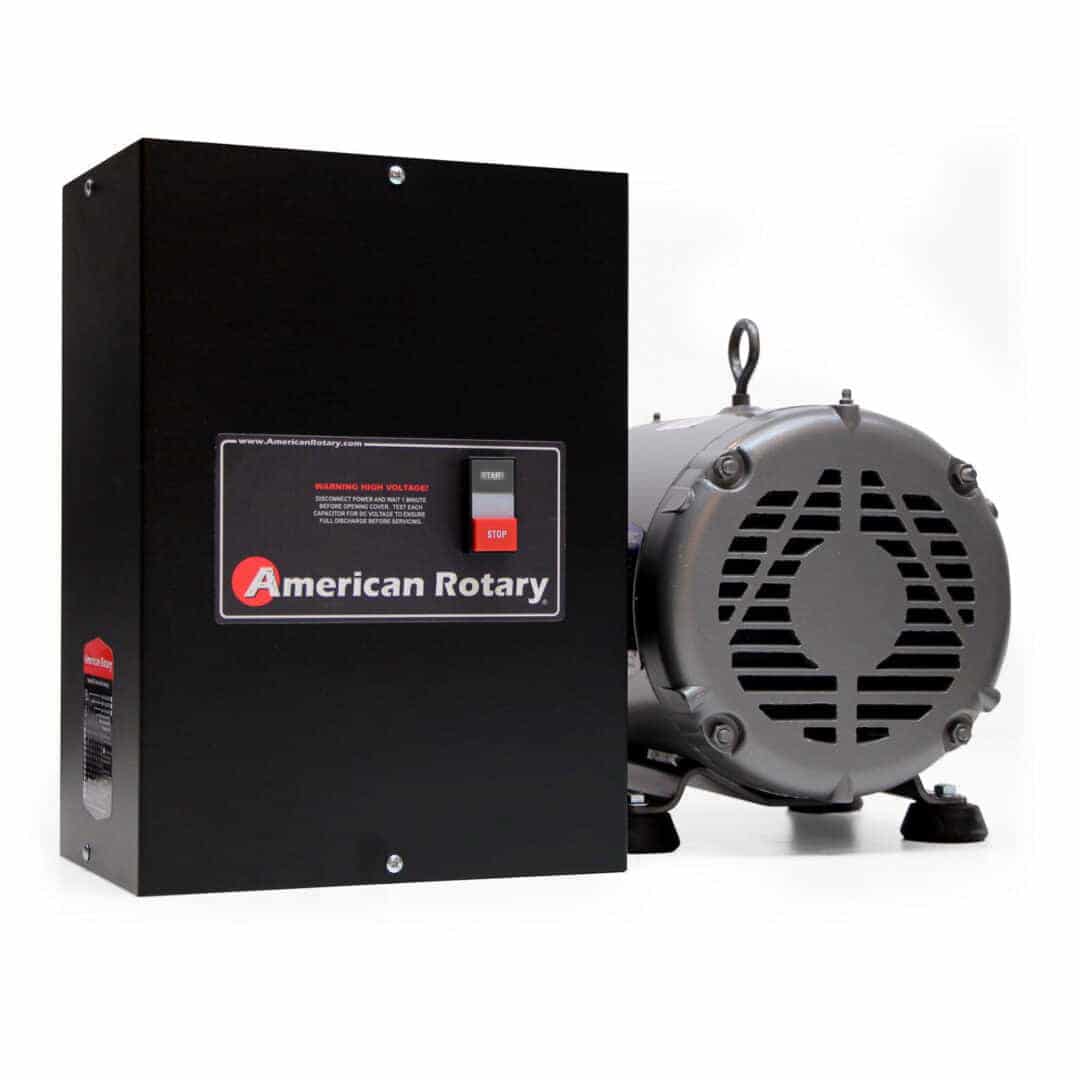I need a VFD that will convert 220v single phase to 3 phase for my newly acquired Causing 5914 lathe with a 2HP 3 phase 220V motor while maintaining the functioning variable speed reeves drive. I would also like for the VFD to have the ability to be used in place of the Reeve's Drive and control the speed and braking if in the future the Reeve's Drive fails. I am aware that there will be other mechanical and electrical parts I will need to buy if I go down that road but for now I just need the VFD and any other electronics or switches to get the motor running at the recommended 1,800RPM.
I know nothing about VFD's and any other parrts I would need. I would like it if someone could tell me what would be the best VFD to buy that will do all that I am asking for it to do. I will work on learning how to wiring and set it up after I acquire it with the help of an electrician.
Can anyone recommend a model and where to buy one that will support 2HP, single phase to 3ph, variable speed and braking? If more info on the motor specs or anything else is required please let me know.
The motor plate specs are as follows.
TYPE: A000
FRAME: AVO-184
PH: 3 phase
Cycle: 60
INS SYS: A
CODE: K
HP: 2HP
RPM: 1800
VOLTS: 220
AMPS: 6
I know nothing about VFD's and any other parrts I would need. I would like it if someone could tell me what would be the best VFD to buy that will do all that I am asking for it to do. I will work on learning how to wiring and set it up after I acquire it with the help of an electrician.
Can anyone recommend a model and where to buy one that will support 2HP, single phase to 3ph, variable speed and braking? If more info on the motor specs or anything else is required please let me know.
The motor plate specs are as follows.
TYPE: A000
FRAME: AVO-184
PH: 3 phase
Cycle: 60
INS SYS: A
CODE: K
HP: 2HP
RPM: 1800
VOLTS: 220
AMPS: 6






